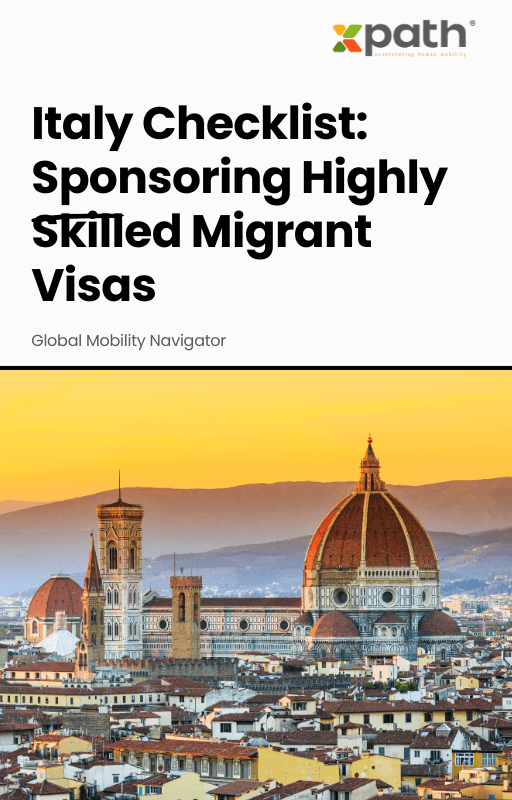Italy Checklist: Sponsoring Highly Skilled Migrant Visas
Grab a copy of a guide to international employee relocation
View E-bookThe articles on long-term international mobility of apprentices in Europe, written by Cedefop’s ReferNet network, are part of the Cedefop ReferNet thematic perspectives series. These articles complement other available general information on vocational education and training (VET) systems by country. They aim to identify potential enablers and disablers of long-term cross-country mobility for apprentices at two levels: framework level (external factors to apprenticeships) and apprenticeship system/scheme design level.
At the framework level, the articles explore external factors influencing apprenticeship mobility, while at the design level, they examine the structure of apprenticeship systems. Where possible, the articles also aim to identify successful and unsuccessful policies, initiatives, and projects regarding the international mobility of apprentices. These insights are crucial for understanding what works and what does not at the implementation level.
Increasing apprentices’ participation in cross-country learning mobility has recently become a key policy initiative. In December 2016, the communication ‘Investing in Europe’s Youth’ launched ‘ErasmusPro,’ a policy initiative aimed at increasing long-term mobility abroad for VET learners, including apprentices or recent graduates. Despite these efforts, cross-country mobility in apprenticeships remains a niche phenomenon, particularly long-term mobility.
Cedefop’s ReferNet network members present a set of factors impacting apprentices’ mobility and discuss how these factors may act as enablers or disablers. Therefore, The articles offer valuable insights into the various challenges of implementing these policies in practice. Cedefop’s study on the long-term mobility of apprentices will provide more in-depth evidence to support policy development in this area.
In conclusion, these articles contribute to a better understanding of the complexities involved in facilitating long-term international mobility for apprentices. They highlight both the potential benefits and the obstacles that need to be addressed to make this mobility a more widespread reality.
Source: European Center for the Development of Vocational Training
Previous article

Italy Checklist: Sponsoring Highly Skilled Migrant Visas
Grab a copy of a guide to international employee relocation
View E-book